Microsurgeons who will soon be wander in our body
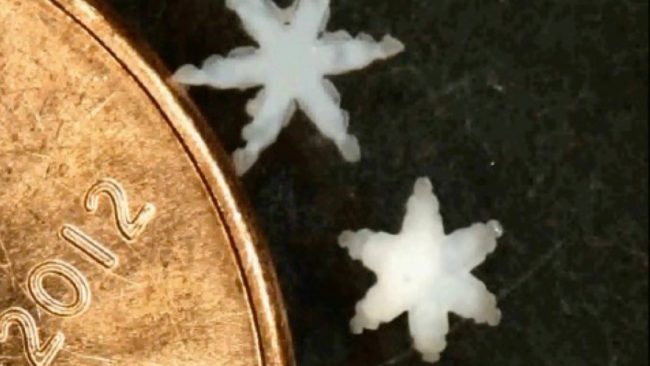 Source:
Source:
Bright autumn night in 2006 Dr. Sylvain Martel held his breath when the technician loaded the pig under General anesthesia in a rotating machine fMRI. His eyes stared at the computer screen, which showed a magnetic bead hanging in thin blood vessel of a pig. The tension in the room could be felt physically. Suddenly, the ball came to life and slid across the vessel, like a microscopic submarine to the destination. The team erupted with applause.
Martel and his team have tested a new method of remote control the tiny items inside living animal, by manipulating the magnetic forces of the machine. For the first time and it worked.
Scholars and writers have long dreamed of tiny robots that move through the vast circulatory system of the body, like the space researchers studying the galaxy and their inhabitants. The potential is huge: tiny medical robots could, for example, transfer of radioactive drugs in cancer clusters, perform operations inside the body or clear blood clots, deep within the heart or brain.
A dream is a Dream, but with the help of robots, says Dr. Bradley Nelson from the Polytechnic University of Zurich, people would dive right into the bloodstream, carrying out operations on the brain.
Currently, medical micro-robots for the most part are fictitious, but in the next decade that can change. This week Dr. Mariana Medina-Sanchez and Oliver Schmidt from the Institute of research of solids and materials Leibniz in Dresden, Germany, published a paper in Nature which turned away from large screens to nanoengineering laboratories, outlining priorities and realistic tests to revive these tiny surgeons.
thepropulsion
Medical micro-robots are part of the journey of medicine in the area of miniaturization. In 2001, the Israeli company introduced the PillCam — a plastic capsule the size of a candy bar, equipped with a camera, battery and wireless data transfer. Traveling food channel, PillCam periodically sent back images wirelessly, offering a more sensitive and less toxic method of diagnosis than traditional endoscopy or radiography.
The size of the PillCam is just gigantic for a perfect microrobot, which makes it suitable only for relatively wide tube our digestive system. This tablet was also passive and was not able to stay in interesting places for a more detailed examination.
"a Real medical robot needs to move and advance in a complex network of fluid-filled tubes in the tissues deep in the body," explains Martel.
The Body, unfortunately, is not very friendly to the guests from outside. The robots must be able to withstand the corrosive gastric juices and sail upstream in the blood flow with no motor.
In laboratories around the world are trying to come up with reasonable alternatives to resolve problems with the food. One of the ideas is to create a chemical missile: a cylindrical micro-robots with fuel — metal or other catalyst which reacts with the gastric juices, or other liquids, emitting bubbles from the back of the cylinder.
"These motors are difficult to control," say Medina-sánchez and Schmidt. We can roughly control their direction using chemical gradients, but they are not hardy and effective. Designing non-toxic fuel based on sugar, urea, or other physiological liquids of organism is also facing difficulties.
A better Alternative would be a metal physical motors, which could be activated by magnetic field changes. Martel, as shown by his demonstration with the bead in the pig, was one of the first who investigated such engines.
The MRI machine ideal for the visualization and control of metal prototypes of micro-robots, explains Martel. The machine has several sets of magnetic coils: the basic set magnetizes the microrobot after it is injected into the bloodstream through the catheter. Then, by manipulating the gradient coils of the MRI, we can generate a weak magnetic field to push the microrobot through the blood vessels or other biological tube.
In subsequent experiments, Martel did nanoparticles of iron and cobalt, covered with anticancer drug and injected these tiny soldiers in rabbits. Using a computer program for the automatic change of the magnetic field, his team sent bots right on target. Although in this particular study were not real tumors, Martel says that such projects can be useful in the fight against liver cancer and other tumors with relatively large vessels.
Why not smaller vessels? Once again, the problem of energy. Martel was able to reduce the robot to a few hundred micrometers or less so requires a large magnetic gradients, which are those that disrupt the operation of the neurons in the brain.
theMicrocable
A More elegant solution is to use biological motors, which already exist in nature. Bacteria and sperm tails are armed lystopadovyi that naturally promote them through winding tunnels and cavities of the body to perform biological reactions.
Combining mechanical parts with biological ones, it would be possible to make these two components complement each other when one fails.
An Example is spermbath. Schmidt has developed tiny metal coils that are wrapped around a "lazy" sperm, giving him the mobility that allows to reach the egg. Sperm also can be loaded with drugs associated with the magnetic microstructure for the treatment of cancer in reproductive tract.
There are a specialized group of bacteria, MC-1, which align with the magnetic field of the Earth. Generating a relatively weak field — which will be enough to overcome the earth — scientists can Orient the internal compass of bacteria towards new targets such as cancer.
Unfortunately, bacteria, MC-1 can survive in warm blood only for 40 minutes, and most of them are not strong enough to swim against the current of blood. Martel wants to create a hybrid system from bacteria and fat bubbles. Vesicles loaded with magnetic particles and bacteria will be placed into a larger vessel, with strong magnetic fields, until you reach a more narrow. Then they burst and release a swarm of bacteria, which are exactly the same, with weak magnetic fields will complete your journey.
themoving forward
Although scientists sketched a bunch of ideas about propulsion, a huge problem is the tracking of robots after introduction into the body.
The combination of different visualization methods can help. Ultrasound, MRI and infrared imaging are too slow to observe the operations of robots deep in the body. But combining light, sound and electromagnetic waves, we could increase the resolution and sensitivity.
Ideally, the visualization method must be able to track the micromotor at a depth of 10 centimeters under the skin, in 3D and real time, moving with a minimum speed of tens of micrometers per second, they say Medina-sánchez and Schmidt.
At the moment it's difficult to achieve, but scientists Express the hope that the state of the art opto-acoustic methods for combining infrared and ultrasonic image can be good enough to track the micro-robots in a few years.
And then there's the question of what to do with the robots at the end of their mission. Leave them to drift inside the body — means to prevent the occurrence of clots or other disastrous side effects like poisoning metal. Return the robot back to the starting point (mouth, eyes, and other natural openings) may be too complicated. Therefore, scientists consider better options: integrating robots in a natural way or making them from biodegradable materials.
The latter has a single plus: if the materials are sensitive to heat, acidity, or other physical factors that could be used to create Autonomous bio-robots that work without batteries. For example, scientists have already made a small star-shaped "mitts", which are closed around the tissue when exposed to heat. When placed around the affected organs or tissues, mitts could produce a biopsy on the spot, offering a less invasive method of screening for colon cancer or tracking chronic inflammatory bowel disease.
"the Goal is to create micro robots that can sense, diagnose and act independently, as long as people will watch them and keep control in case of malfunction," say Medina-sánchez and Schmidt.
The Fantastic journey of medical micro-robots is just beginning.
All combinations of materials, microstructures and micro-organisms still have to test endlessly to ensure their safety, first on animals and then on humans. Scientists also expect assistance from the regulatory authorities.
But the optimism of scientists does not dry out.
..."With the help of coordinated initiatives microrobots can lead us in the era of non-invasive methods of treatment for ten years," say the researchers.
Recommended
The coronavirus has mutated into 30 new strains
While coronavirus Apocalypse slowly but inevitably becomes routine, the virus SARS-CoV-2 continues to evolve. And, unfortunately, he was good at it. Writes , with reference to the South China Morning Post reports that new studies show that the virus ...
In the United States recognized that the ventilator dies 88% of patients with coronavirus
When the world is raging coronavirus that causes pneumonia and kills people, the only solution is intensive care. If this is not done, the victims will be very much. Today for severe patients there is only one solution — connected to the appara...
Can a transfusion of blood plasma to cure the coronavirus?
Typically, vaccination involves the introduction into the organism of the weakened or killed microorganisms (viruses) designed to create a strong immunity to possible future infectious diseases — that is, for selection of antibodies. But what i...
Related News
How to cure depression? The app for smartphone!
to cope with depressive disorders, there are many products and methods, but the most interesting, perhaps, suggested by the specialists Brian Iacoviello and Dennis, Sharni. According to Medical Xpress, they have proposed a method ...
New test helps detect cancer 10 years before his appearance
the Problem of early diagnosis of life-threatening diseases is one of the most important areas of modern medicine. And recently, experts from Johns Hopkins University conducted the first tests universal test for cancer that can di...
What happens when Cybernetics will exceed the medicine?
the Era of cyborgs may be closer than we think. Rapid improvement of medical robots, wearable devices and implants means that a lot of people are already half machines, and this trend will only gain momentum. Most notably, in the ...
Scientists want to draw death with the help of stem cells
Bioquark is about to begin testing, which will try to return the patients with brain death to life using stem cells. The controversial study raises many scientific and ethical questions, to solve which attract many experts in the ...
Bacteria have mutated in microgravity
Scientists from the University of Houston found that the bacteria become stronger in space, and yet, perhaps more dangerous. In this regard, future long journeys in space can be compromised. Madhan Tirumalai, doctor of medical Sc...
the Blood stem cells are small miracles. They hide in each cage and giving her the ability to restore the whole circulatory system, like a sort of biological Big Bang. But with great power comes great vulnerability. Once these "ma...
China begins world's first clinical trial of embryonic stem cells
In two new clinical trials in China will start to use embryonic stem cells for the treatment of Parkinson's disease and blindness. With them a new set of rules for the use of embryonic stem cells in China and, possibly, will begin...
With the help of immunotherapy failed to win the most aggressive type of breast cancer
To combat life-threatening diseases, scientists are increasingly turning to the development of tools that will destroy the pathological agent is not alone, as «spur» the human immune system to cope with the disease. And ...
Discovered the genes responsible for the sensitivity to the magnetic field of the Earth
People have long noticed that many animals, fish and insects can navigate the terrain and «feel» the Earth's magnetic field. In other words, they have something like «nature of the built-in compass». It is logi...
Found a tool that slows skin aging
combating the effects of aging is not the last place in modern medical practice. The rapidly evolving science of gerontology, which studies the aging process and prolonging life. And, according to the publication of Scientific Rep...
Designed test that will identify the dormant HIV
Scientists from all over the world do not stop looking for a cure for the human immunodeficiency virus (HIV). New drugs are created and tested constantly, and the work in this direction is hampered by the fact that the virus may b...
Represented a microchip that can separate DNA and purify the fragments
DNA Analysis involves not only the collection of material from living people, but in some other cases. For example, at the crime scene. And DNA typically requires that the procedure was carried out sekvenirovaniya, including separ...
Created an antibiotic that kill "superbugs"
no Matter how rapidly developing and inventing new means of treating the pharmaceutical industry. The bacteria will still adapt faster, which leads to the emergence of extremely resistant strains of antibiotics, which are also cal...
Hand from the point of view of science: how to wash them properly?
Hot water or cold? Solid or liquid soap? Towels or dryer with hot air? This ritual for many of us was the most important — we have resorted to it several times a day. But how to do it, you know? Wash hands — it would seem that can...
Open new genes responsible for the development of coronary heart disease
known for the development of many diseases «responsible» our genetics. And scientists from all over the world already not the first year engaged in research of the human genome in order to successfully detect, treat and ...
Scientists from the UK test method of treatment of brain tumors using the zika virus
Not long ago, the epidemic of zika virus was a real problem which, fortunately, managed to cope. But a group of scientists from Cambridge University have suggested that a dreadful virus, you may be able to use for the treatment of...
Cultured ovaries were successfully implanted sterilized mice
the Technology of creating artificial organs in recent years have made headway, and it gives hope that in the future it will be possible to replace the person of any authority. For example, we recently wrote about creating . And n...
Artificial intelligence will reinvent drugs ten times faster people
to create a new drug today, scientists have to test tens of thousands of components to understand how they interact. And that's not the hard part. After a substance found effective against the disease, he will undergo three differ...
Found a way to create blood from stem cells
Despite the good development of the blood transfusion service, inventory, it is not always enough for medical needs, and scientists from around the world trying to find a solution to this issue. And, according to an article publis...
Developed eye drops for the treatment of age-related blindness
these or other impairments, according to the who, suffers almost every fifth inhabitant of our planet. Diseases associated with visual impairment can be fairly harmless (for example, all known myopia) and difficult therapy, and ev...


















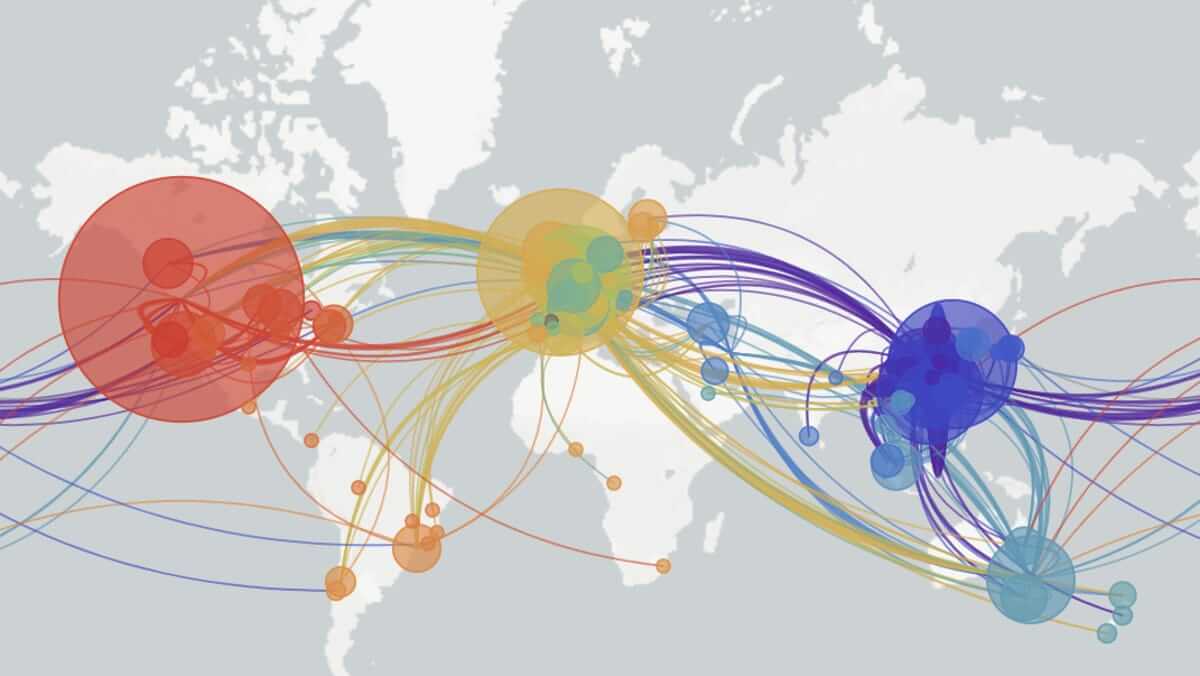
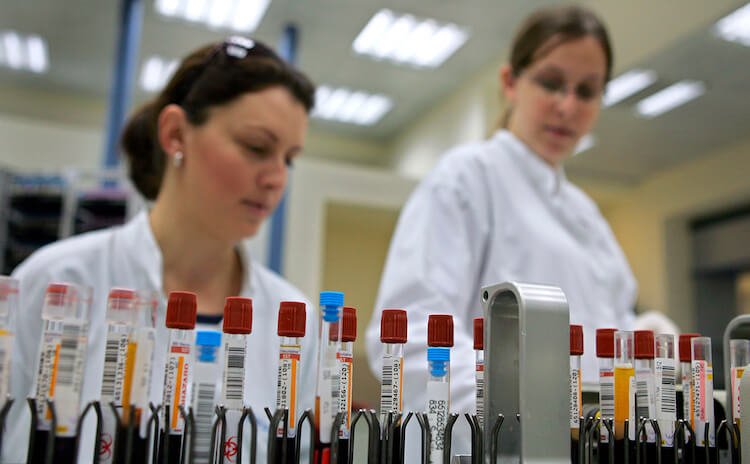
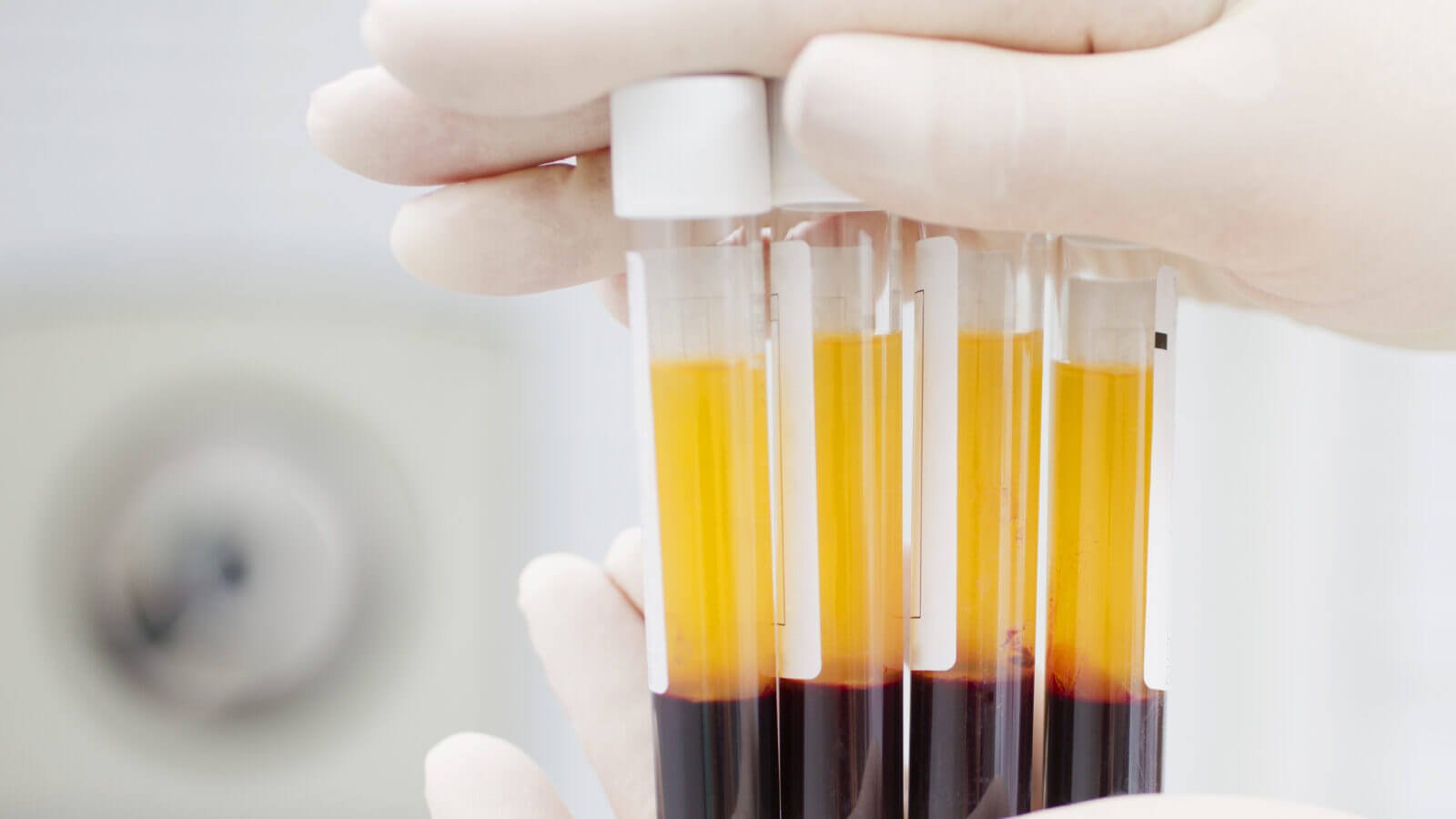

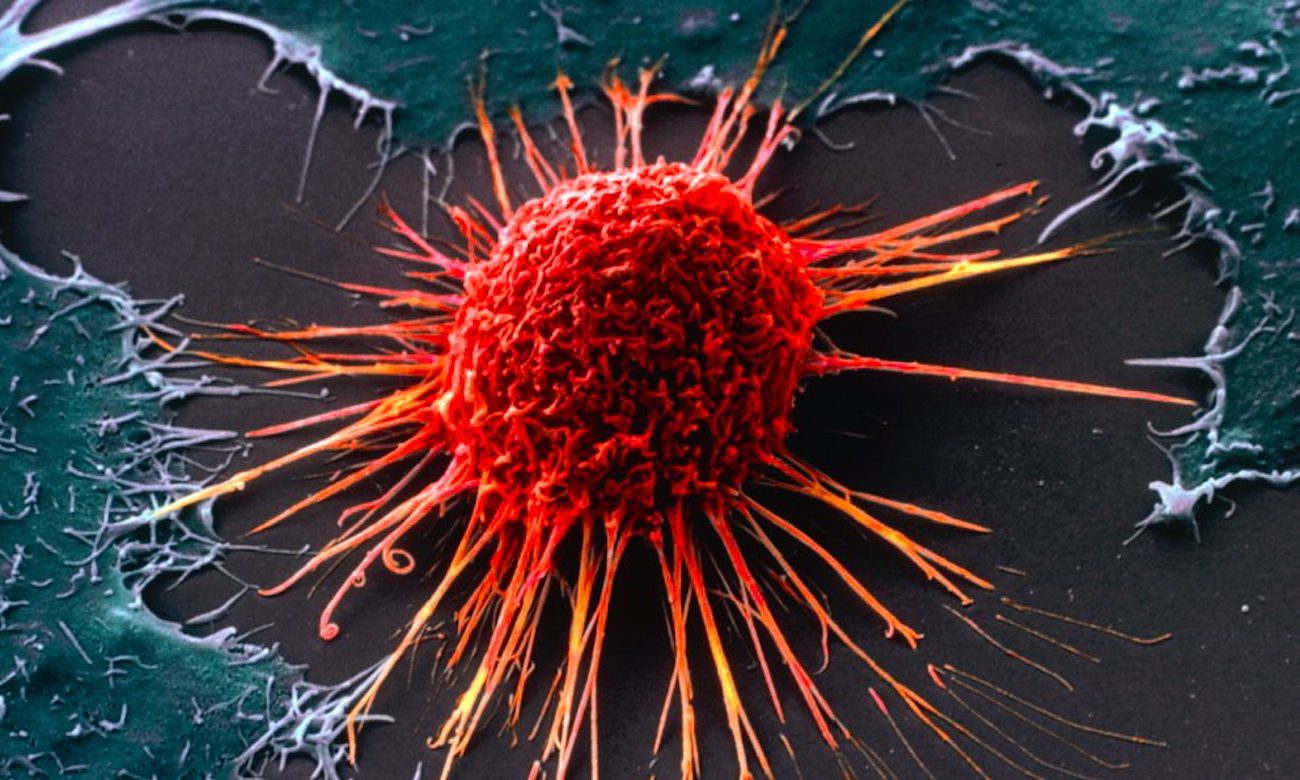
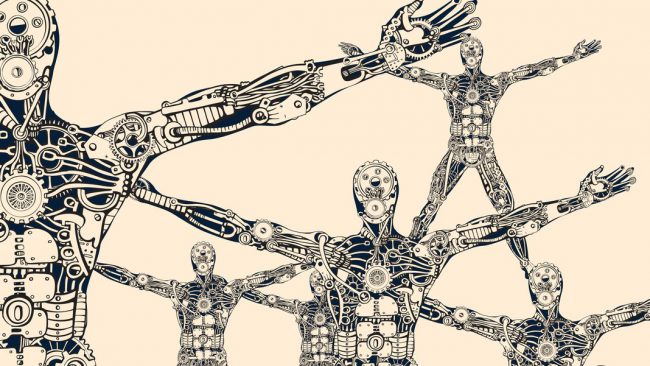
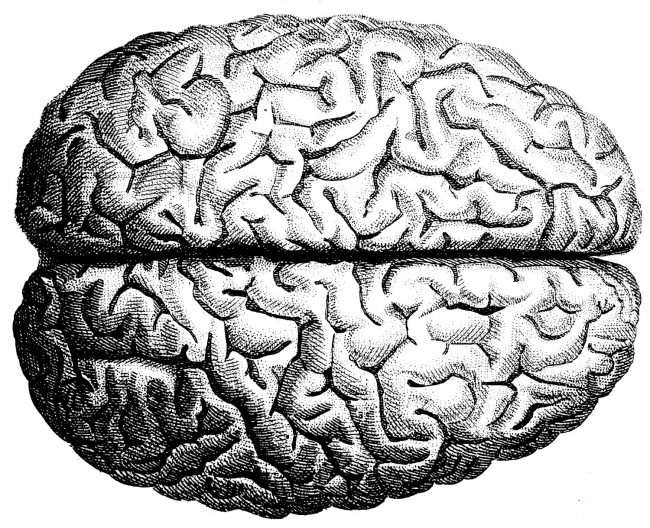
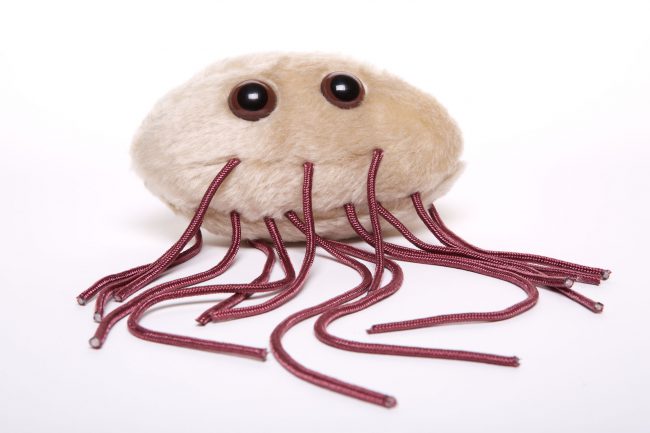
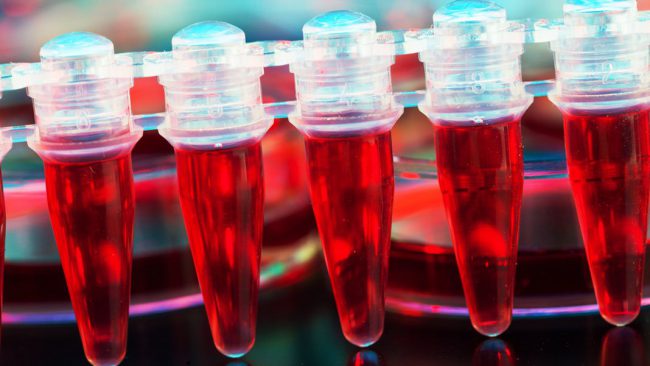
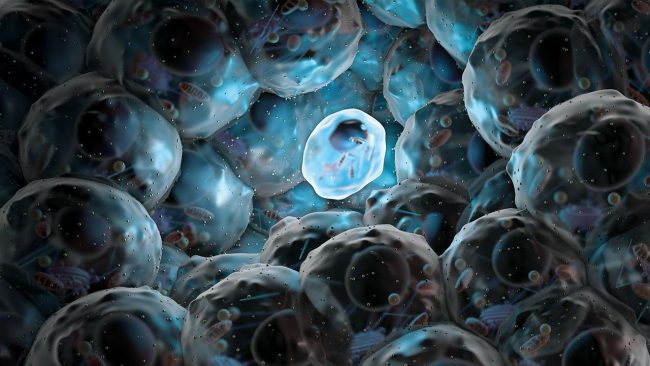
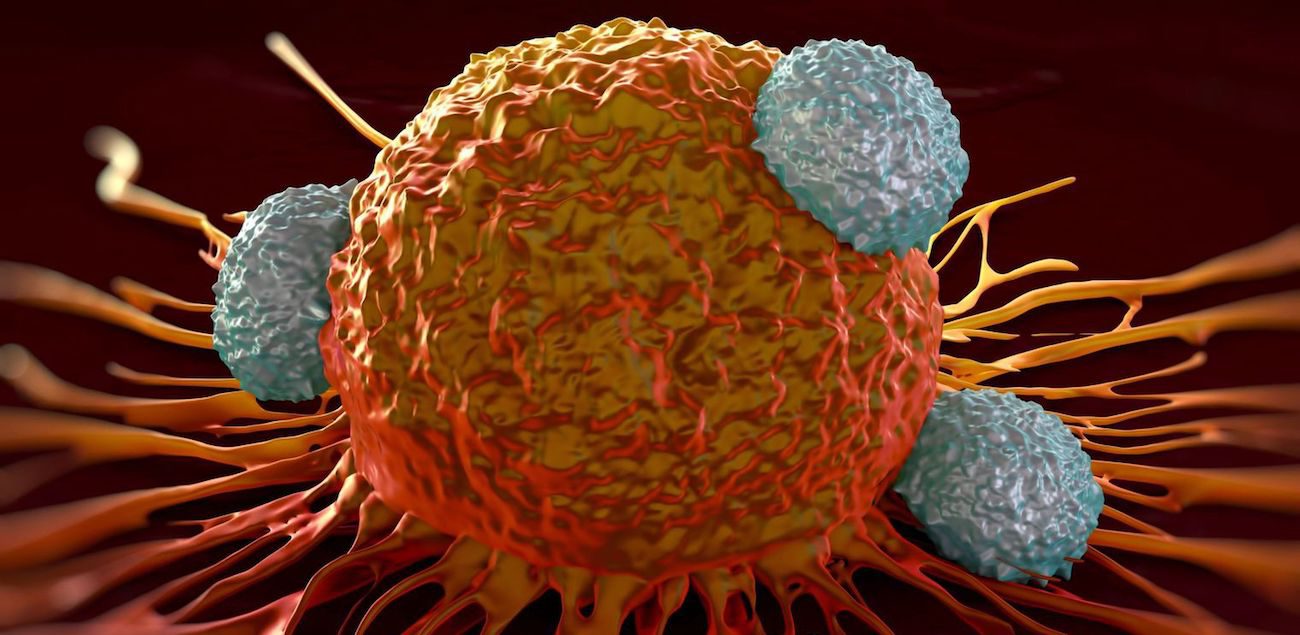

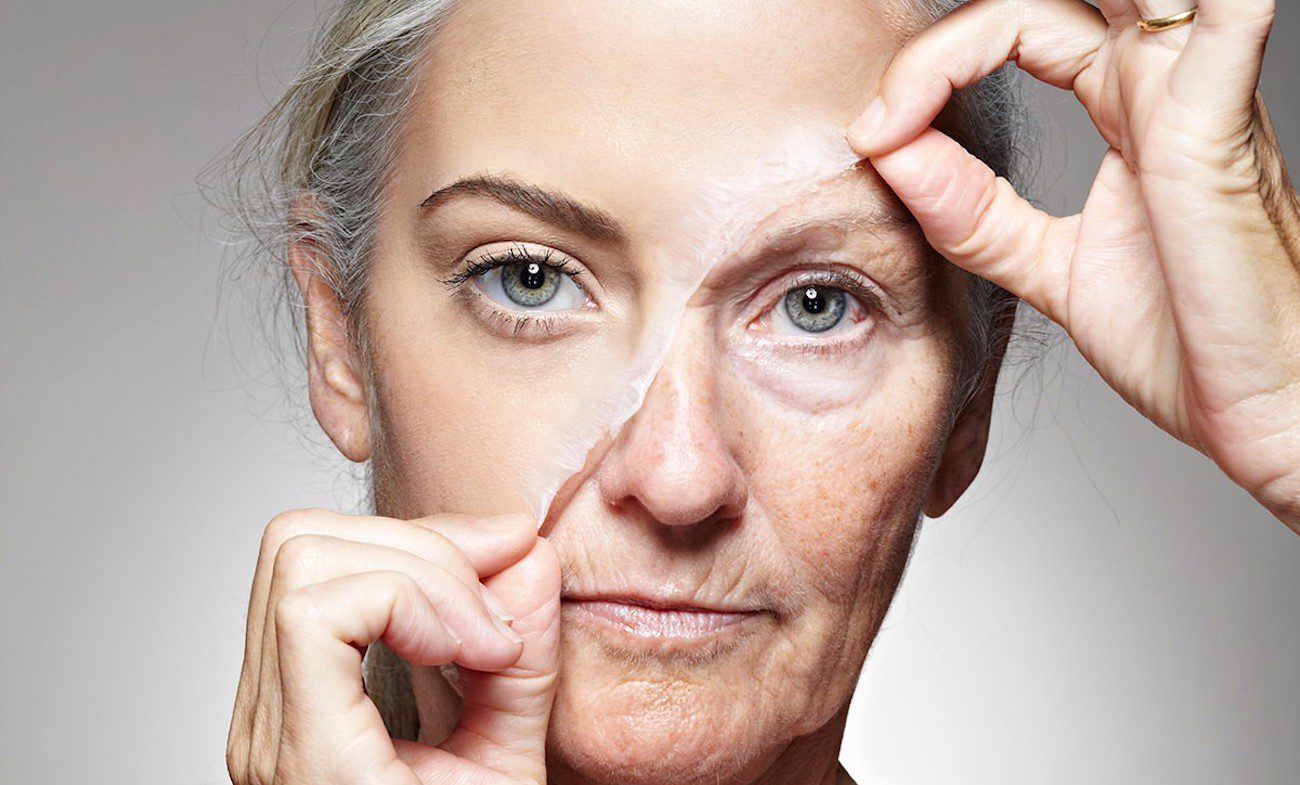
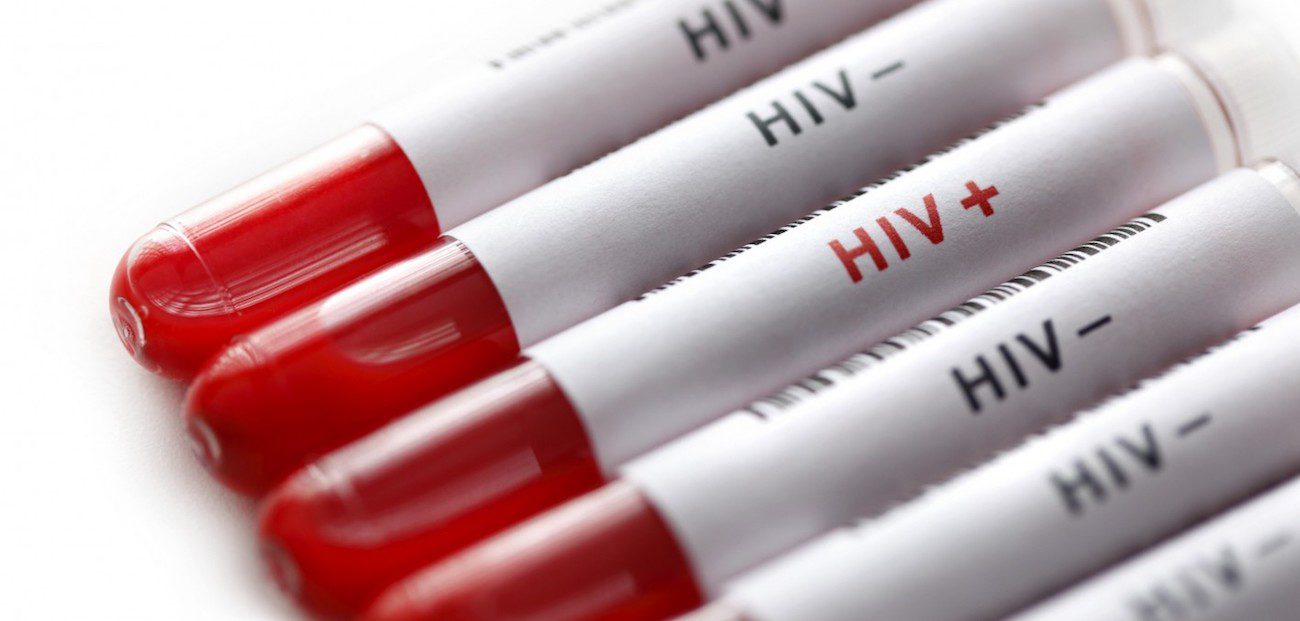
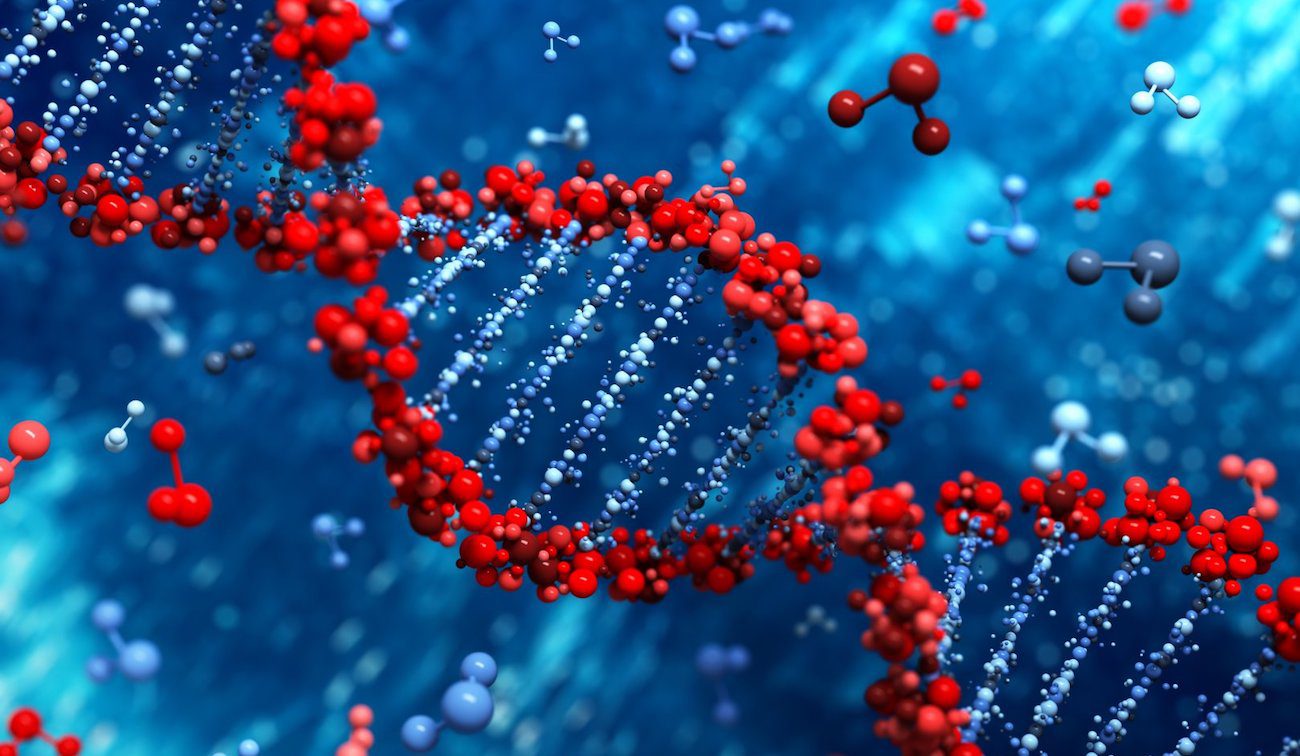
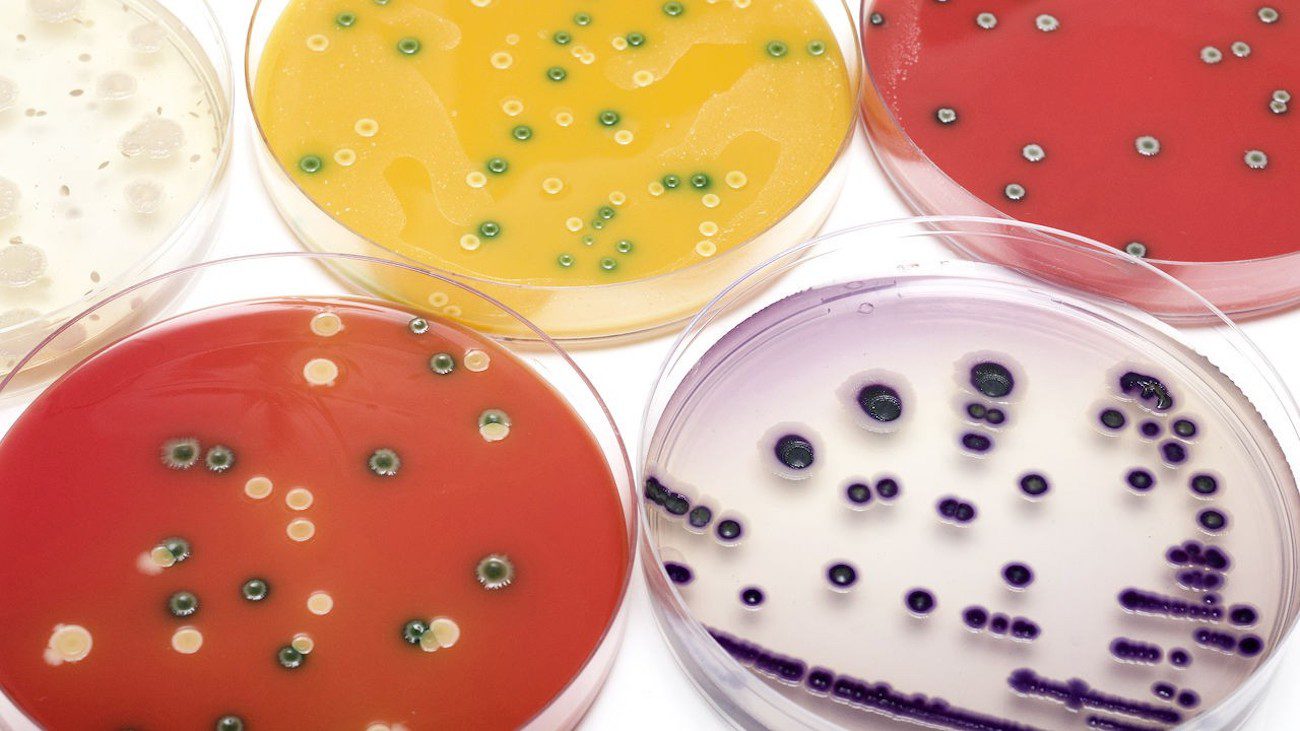

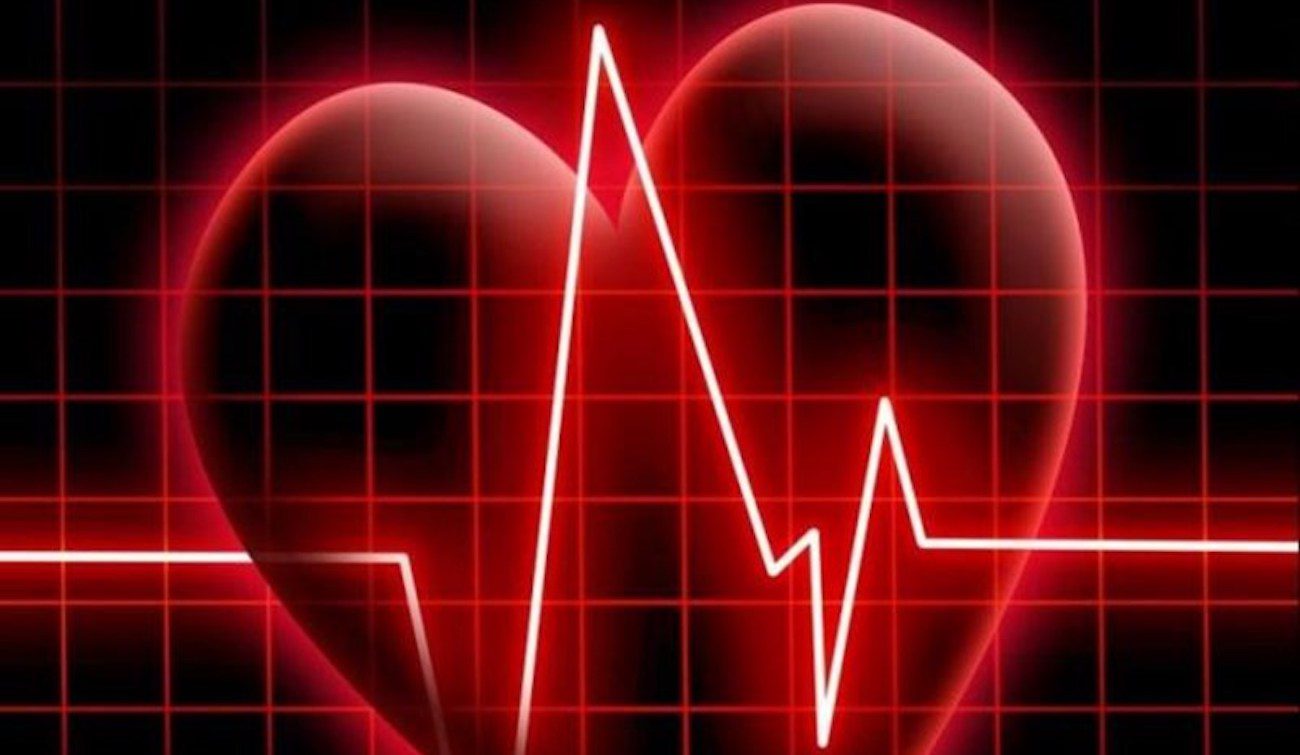
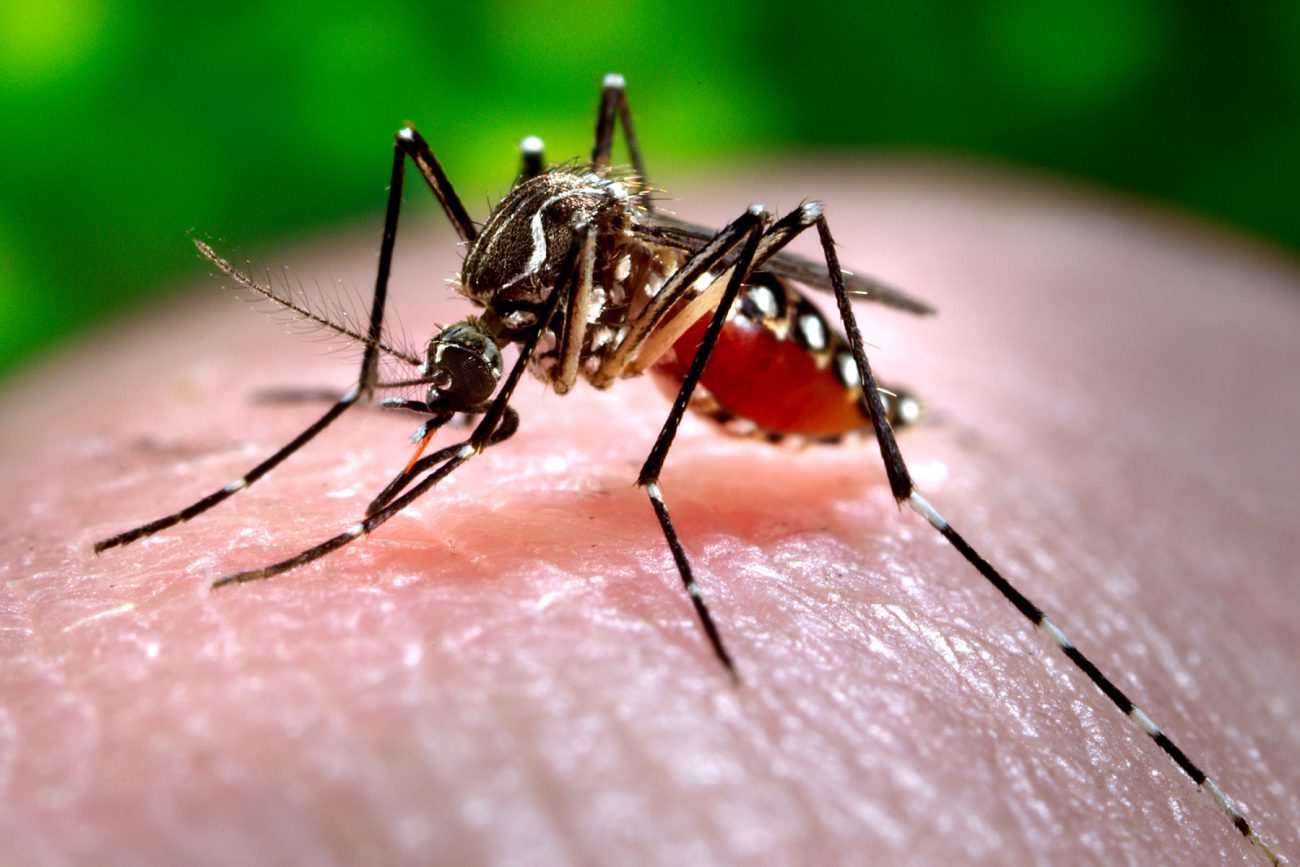
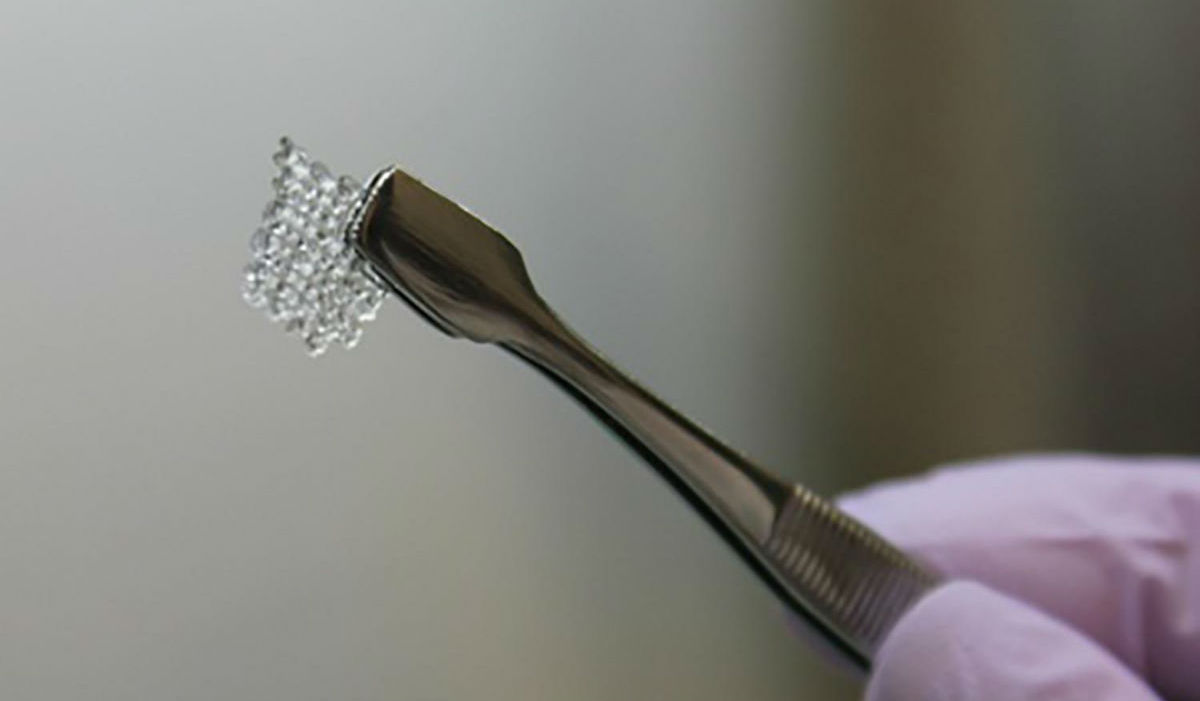
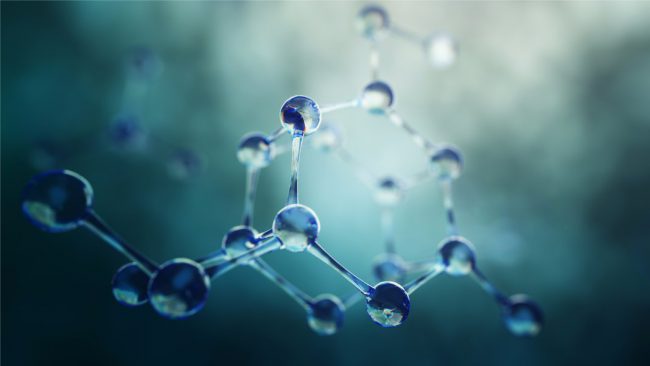
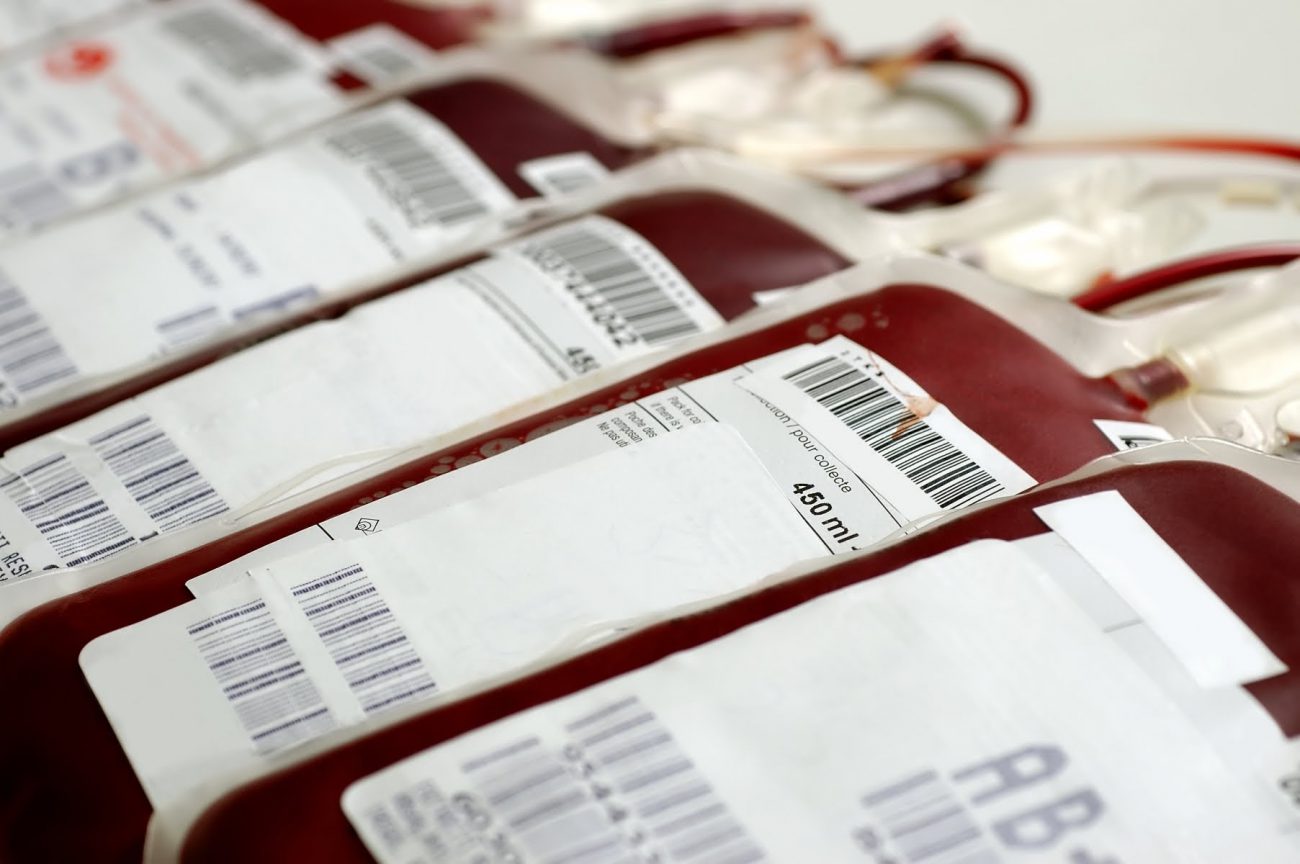
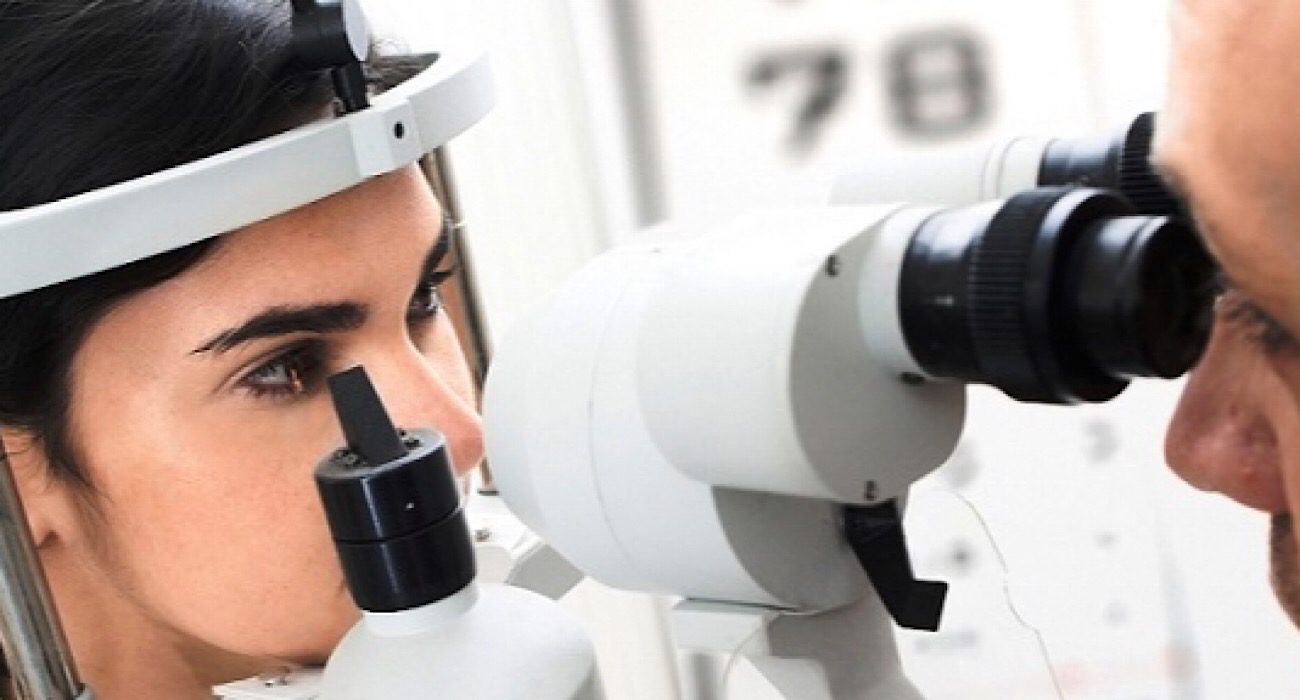
Comments (0)
This article has no comment, be the first!